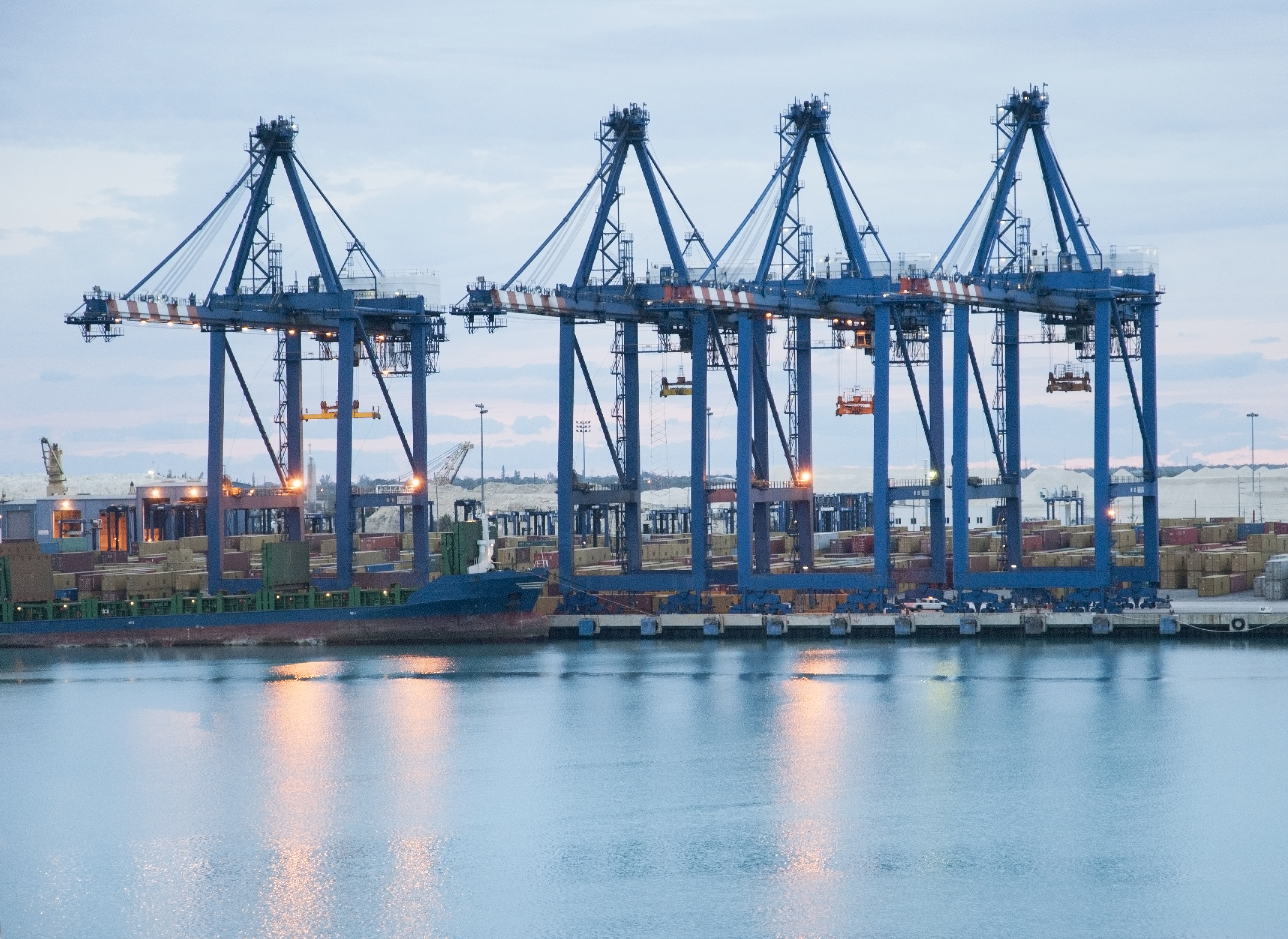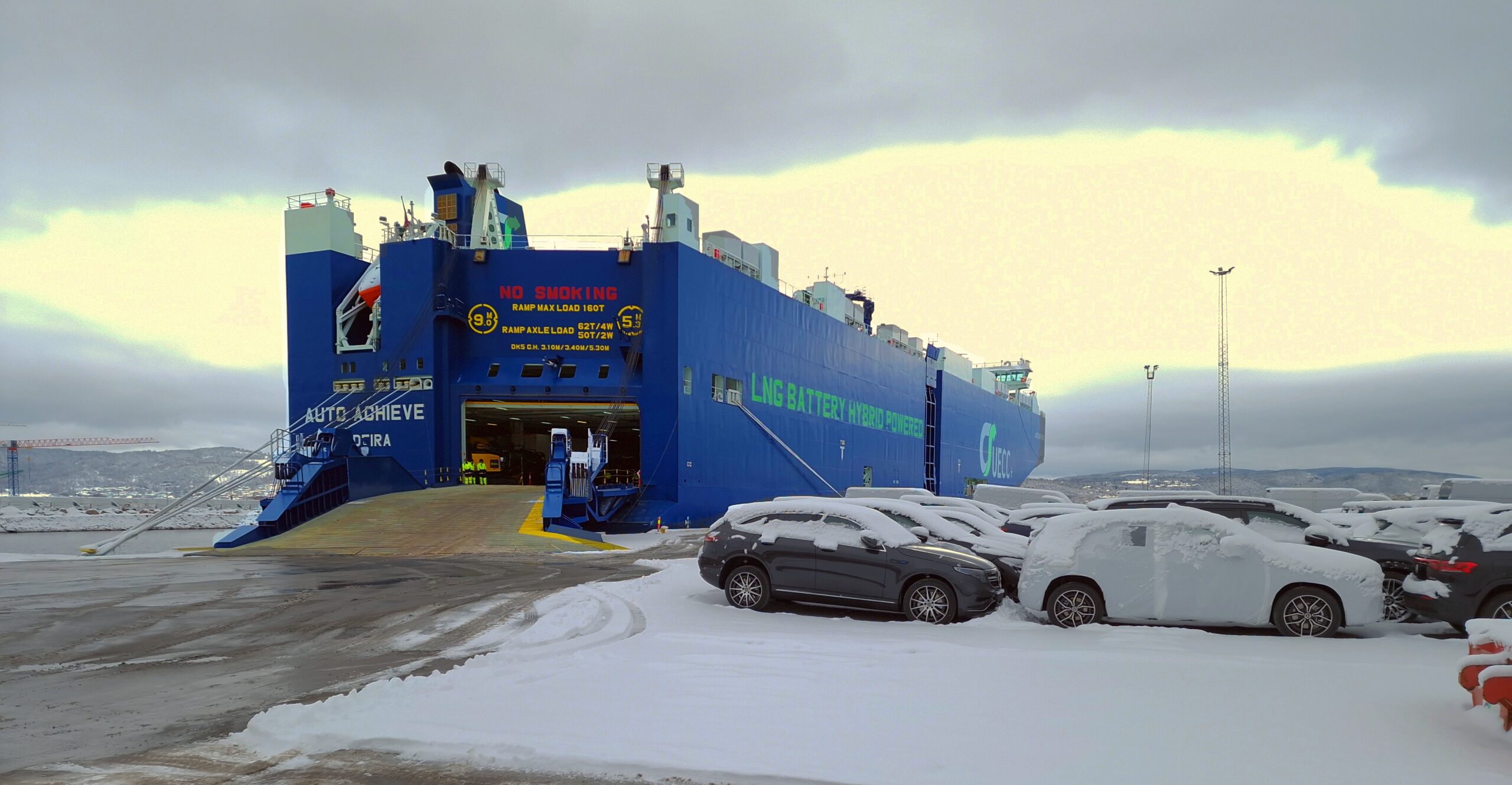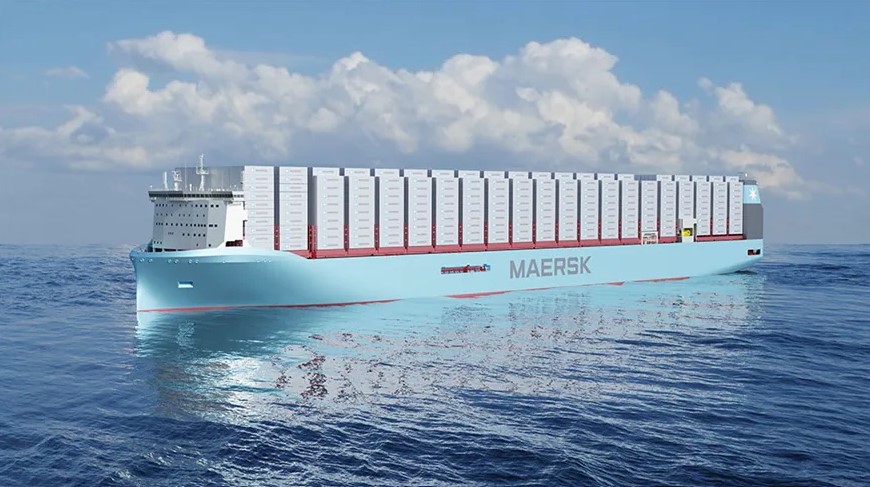While much headway has been made in establishing standards for ship-to-shore data sharing, now is the time to start implementing them, writes Brian Dixon, following his examination the latest developments in port collaborative decision making.
Port Collaborative Decision Making (PortCDM), in which all stakeholders share data via a standardised messaging format to speed up the port call process, is “an essential aspect of Maritime 4.0”, says Mikael Lind, associate professor and senior strategic research advisor at the Research Institutes of Sweden (RISE) and head of the dissemination working group at the International PortCDM Council (IPCDMC).
Indeed, he notes, all ship and shore actors, ranging from shipping lines and ports to vessel traffic services (VTSs) among others, will increasingly need to share data and then combine it with other public and historical sources, such as automatic identification system (AIS) signatures and weather forecasts, if they are to “take part in the overall optimisation of the end-to-end supply chain and provide their clients with the necessary transparency” for this.
“I expect that in short, the other partners in the supply chain (including the transport buyers) will no longer accept the resistance of shipping in data sharing,” Lind continues. “Furthermore, the economic pressure in the very low-margin market forces shipping to utilise any possible optimisation to at least not lose money and be somewhat operationally profitable. This will only be possible if ports and shipping companies share data to optimise the port passage. In short: data sharing and collaborative decision making is not only ‘important’, it is paramount – simply a necessity for the market player to survive.”
Waking up
While the sector “is still way behind in data sharing”, it has nonetheless woken up to the need for it, with Lind highlighting various steps taken by ports, shipping lines and industry bodies aimed “at improving data sharing through diverse initiatives of standardisation”. What’s more, he says, through PortCDM, Port Call Optimization, Just-in-Time (JIT) and other measures, such bodies as the International Maritime Organization (IMO), the International Association of Marine Aids to Navigation and Lighthouse Authorities (IALA), the Baltic and International Maritime Council (BIMCO), the Digital Container Shipping Association (DCSA), the International Port Community Systems Association (IPCSA), the International Taskforce Port Call Optimization (ITPCO) and the IPCDMC among others are all “preparing the path forward”.
For example, based on the results coming out the PortCDM testbeds within the MONALISA 2.0 and STM Validation projects, IPCDMC submitted the S-211 port call message format that has been endorsed by IALA. The International Harbour Masters’ Association (IHMA) and the United Kingdom Hydrographic Office (UKHO) have also developed a new Mariners Handbook. At the same time, IMO has defined 16 Maritime Services while also establishing a Maritime Compendium. “This is only some of the work done and there is more to come,” he says, adding that “the litmus test for shipping will be how quickly [the sector] can move towards implementation” and adopting these “aligned forces towards standardisation”.
Certainly, when it comes to developing appropriate standards for port/ship data exchange, Lind reports that in part “we are already there”, citing a number of key standards to support this. These include the Electronic Product Code Information Services (EPCIS) standard that has now been extended to include Maritime Reference Numbers (MRNs); the IMO Common Maritime Data Structure (CMDS); and S-211.
Moreover, the S-421 (Voyage Information) standard, he notes, is expected to be adopted by the International Electrotechnical Commission (IEC) next year, with the sector already able to benefit from “the definitions and terminology” in the aforementioned Mariners Handbook and Maritime Compendium.
However, Lind says, “it’s now time to utilise” these standards while also employing further measures to enhance them, such as those that the IPCDMC Technical Working Group or IEC Task Group 80 are currently engaged in. “Furthermore,” he continues, “the definition of [Application Programming Interfaces (APIs)], like that on track and trace just released by the DCSA, as well as the technical specifications (APIs) in work in the further definition of the IMO Maritime Services by those assigned by IMO, are important next steps.”
“While there are already implementation projects underway, like [Sea Traffic Management in the Eastern Mediterranean (STEAM)] in Cyprus, broader implementations of data sharing utilising concepts like MCP and international standards like S-211, EPCIS and the upcoming S-421 are necessary,” he says. “Those implementations using proprietary solutions need to be migrated towards standardised, open source solutions. Only then can shipping utilise its core asset: being fully international and globally support international trade and development.”
“I do think that there are a lot of people in the self-organised ecosystem of shipping that are hesitating on how to move forward at the same time as they are reluctant of being left behind,” he says. To help such people navigate through the discourse, RISE, in its “independent and non-profit role”, has contributed to a 39-page report entitled Digitalizing the Port Call Process that can be freely downloaded as a PDF from the United Nations Conference on Trade and Development (UNCTAD) website . “There will be numerous pilot implementations happening in the world which I hope that we may be able to follow and inspire from RISE,” he says.
Further information can be found on the Fathom.World website via the following links:


































